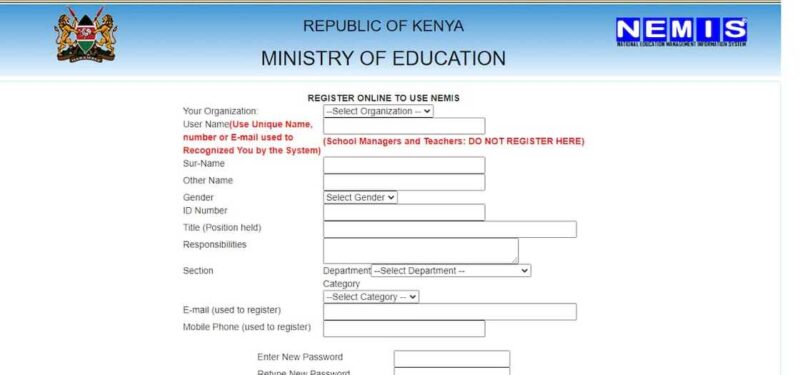The Ministry of Education’s audit reveals shocking gaps suggesting a long-running scheme involving ghost learners, dead schools, and misallocated capitation funds.
The unveiling of 87,000 ghost learners in public schools has opened a Pandora’s box in Kenya’s education sector, prompting investigators to follow a money trail that may reveal one of the most sophisticated fraud schemes in recent history.
For years, the government has allocated capitation based on school enrolment numbers. However, data from multiple Auditor-General reports now suggests that inflated enrolment figures may have cost Kenyan taxpayers over Sh4 billion in four years. The Ministry of Education, in its ongoing verification, has withheld another Sh1.1 billion due to suspicious discrepancies.
Education CS Julius Ogamba confirmed that the ministry is investigating not only officials involved in submitting inflated numbers but also the bank accounts where capitation funds were channelled. “We are examining every detail—from the staff involved to the institutions and accounts that received these funds,” he said.
The Ministry discovered 10 schools with zero learners, raising questions about whether previous payments were made to non-existent entities. If proven true, the scandal could extend beyond simple data manipulation into outright theft of government funds.
Members of Parliament have demanded aggressive action, insisting that those who facilitated or benefited from the scheme must face criminal prosecution. However, Ogamba maintains that disciplinary action must wait until verification concludes to avoid litigation setbacks. “We must ensure our case is watertight,” he said.
Early indications point to systemic failure rather than isolated wrongdoing. Many county education officers have served in the same positions for over a decade, giving them deep control over local data systems. Some MPs believe these long-serving officers may have knowingly protected loopholes that allowed funds to be siphoned undetected.
Meanwhile, school heads argue that they are being unfairly blamed. Kepsha chairman Fuad Ali insists that data discrepancies often stemmed from NEMIS system failures, not fraudulent intent. But critics argue that blaming the system does not explain how schools with no learners remained listed as functional.
With pressure mounting, Ogamba has requested a two-month extension to complete the audit. Once finished, the ministry will submit the final report to investigative agencies. If significant criminal elements are uncovered, the scandal could become one of Kenya’s largest public-sector fraud investigations in decades.






